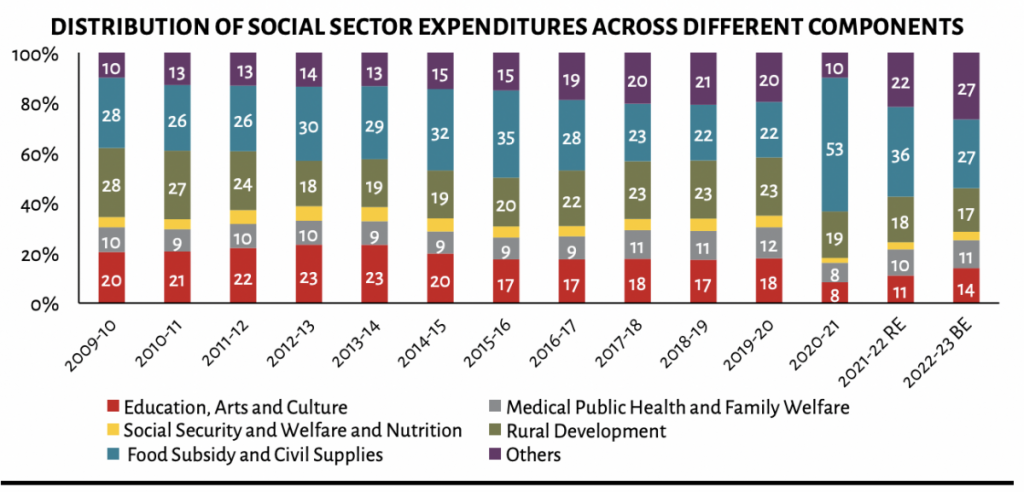900 319 0030
enquiry@shankarias.in
The Union Budget 2023 was criticised over a decline in allocations for welfare schemes in real terms, at a time of post-COVID-19 recovery.
Hunger and malnutririon
According to National Family Health Survey (NFHS)-5, the percentage of anaemic is 67%, underweight is 32% and stunted children is 36% in India.
Healthcare
According to State of the World’s Children report by UNICEF, India has the lowest vaccination rates in South Asia.
Education
Working class

References